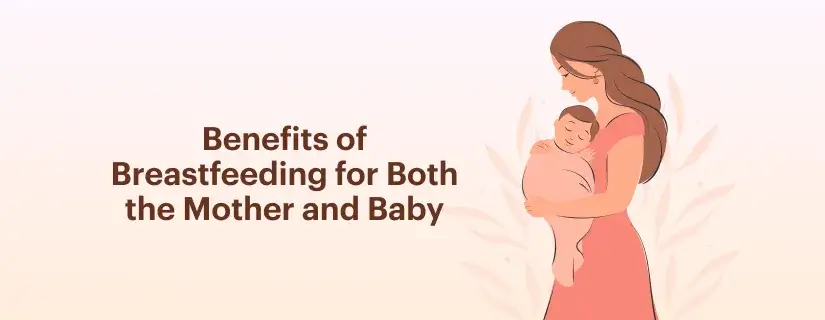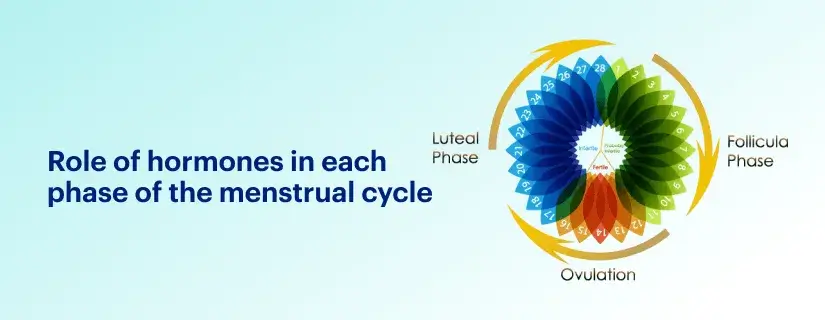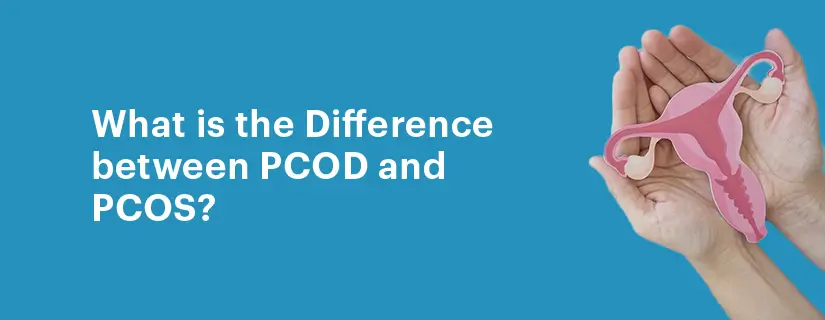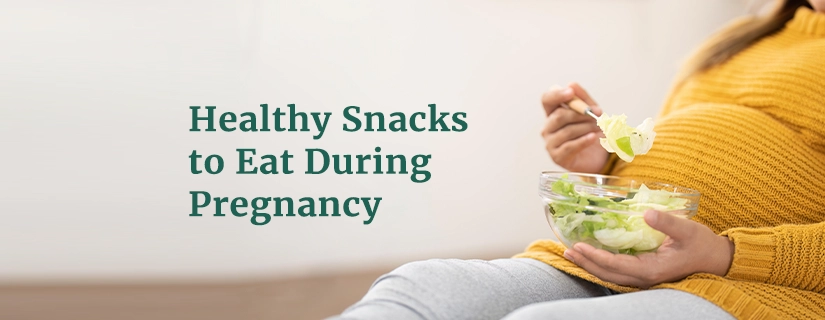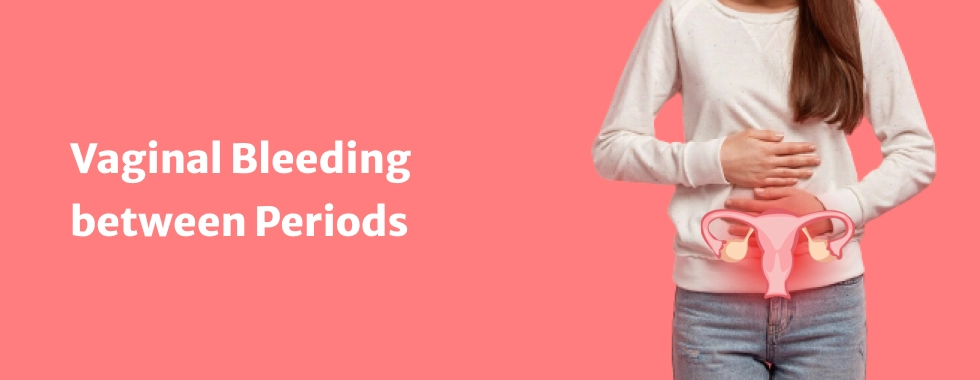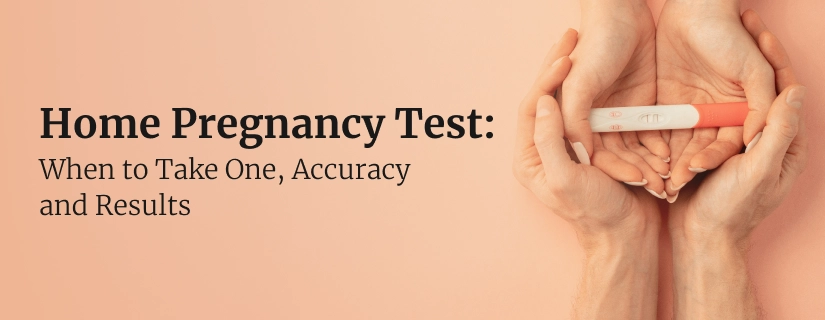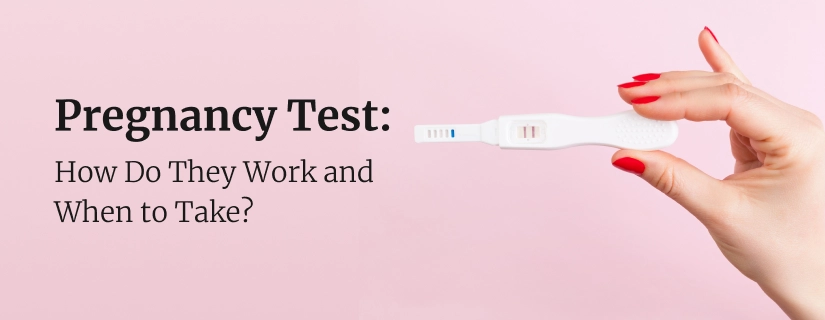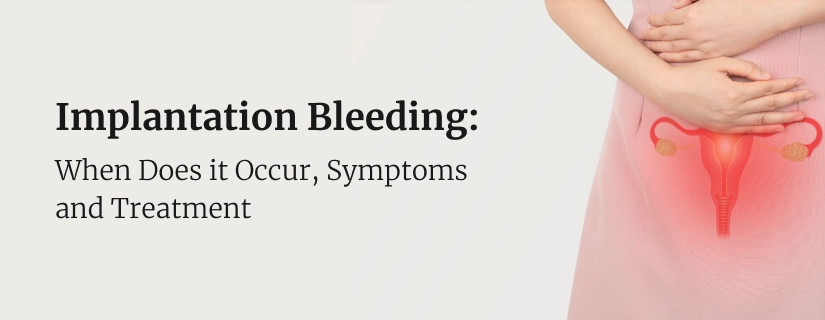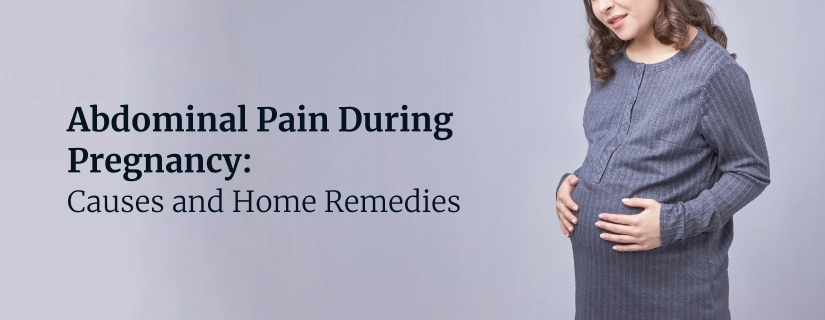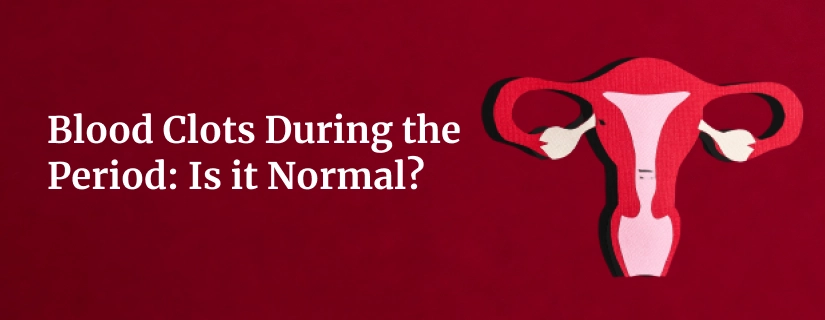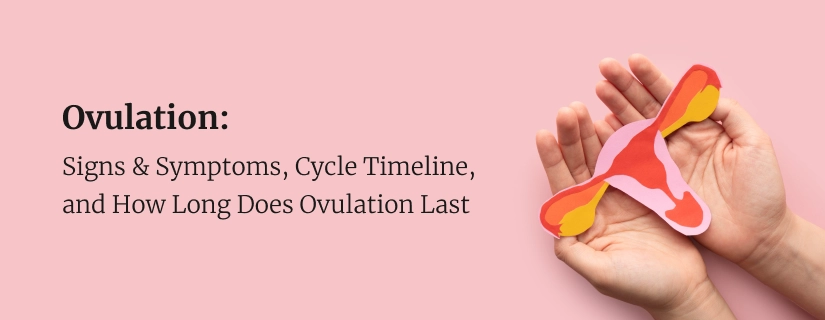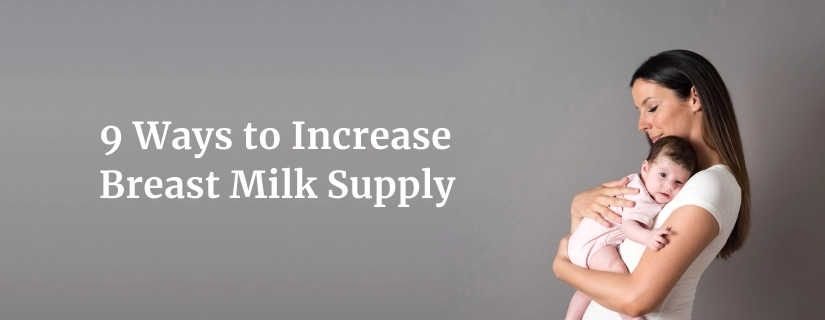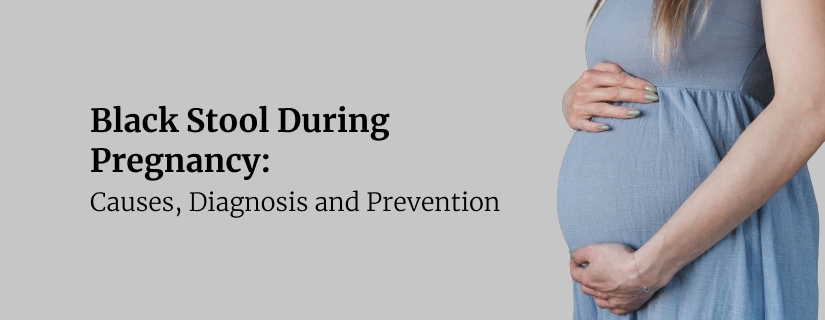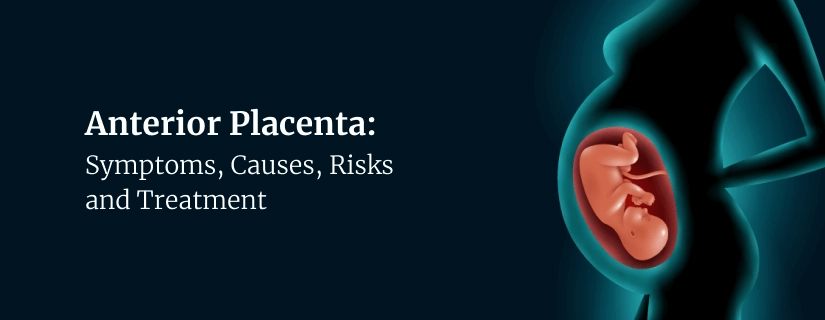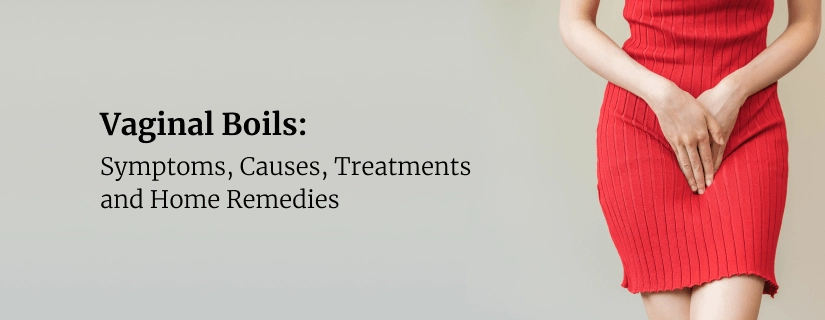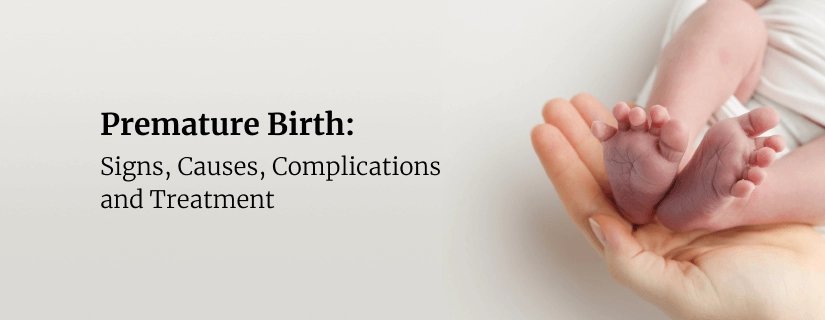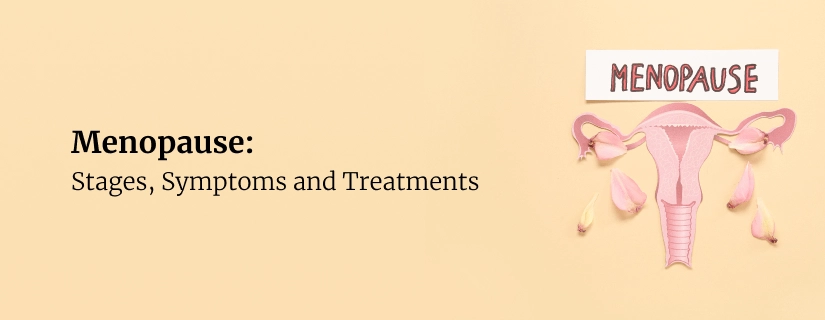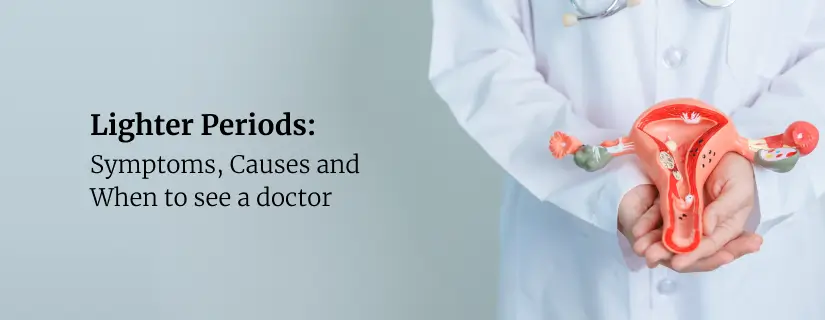-
Doctors
-
Specialities & Treatments
Centre of Excellence
Specialties
Treatments and Procedures
Hospitals & Directions HyderabadCARE Hospitals, Banjara Hills CARE Outpatient Centre, Banjara Hills CARE Hospitals, HITEC City CARE Hospitals, Nampally Gurunanak CARE Hospitals, Musheerabad CARE Hospitals Outpatient Centre, HITEC City CARE Hospitals, Malakpet
HyderabadCARE Hospitals, Banjara Hills CARE Outpatient Centre, Banjara Hills CARE Hospitals, HITEC City CARE Hospitals, Nampally Gurunanak CARE Hospitals, Musheerabad CARE Hospitals Outpatient Centre, HITEC City CARE Hospitals, Malakpet Raipur
Raipur
 Bhubaneswar
Bhubaneswar Visakhapatnam
Visakhapatnam
 Nagpur
Nagpur
 Indore
Indore
 Chh. Sambhajinagar
Chh. SambhajinagarClinics & Medical Centers
Book an AppointmentContact Us
Online Lab Reports
Book an Appointment
Consult Super-Specialist Doctors at CARE Hospitals
High-Risk Pregnancy - Placenta Previa
Updated on 30 May 2022

Table of Content
- Types of Placenta Previa
- Signs & Symptoms of Placenta Previa
- Who is at Risk of Getting Placenta Previa?
- Complications Arising from Placenta Previa
- Diagnosis of Placenta Previa
- What tests are used to diagnose placenta previa?
- Treatment for Placenta Previa
- Prevention of Placenta Previa
- What Causes Placenta Previa?
- FAQs
What is Placenta Previa?
Placenta previa is the condition during pregnancy in which the placenta inside the woman's womb partially or completely blocks the cervix, which is where the uterus opens.
The placenta develops only during pregnancy and provides nutrition and oxygen to the growing foetus. Normally, the placenta starts forming from the top part of the uterus or either of the sides of the uterus's inner wall.
When the placenta forms at such a position in the uterus that causes some tissues of the placenta to block the cervix, this condition is known as placenta previa. Placenta previa complications can cause bleeding from the vagina during the course of pregnancy or before and after delivery.
Types of Placenta Previa
There are three types of placenta previa based on the position of the placenta in relation to the cervix:
- Complete Placenta Previa: The placenta completely covers the cervix.
- Partial Placenta Previa: A portion of the placenta covers the cervix.
- Marginal Placenta Previa: The edge of the placenta is near the cervix but not cover it entirely.
The type of placenta previa determines the level of risk and the management approach during pregnancy and delivery
Signs & Symptoms of Placenta Previa
Placenta previa can be identified when twenty weeks of pregnancy have passed if bright red vaginal bleeding is spotted. It may or may not be painful. The bleeding may be accompanied by pre-labour contractions inside the uterus which may cause pain.
Although the exact causes of placenta previa are unknown, if you happen to experience bleeding from the vagina during your third trimester, you should seek medical assistance to help diagnose, manage, and treat the bleeding and other placenta previa symptoms to avoid any complications.
Who is at Risk of Getting Placenta Previa?
Placenta previa can be common in those women who had
- Given birth previously
- Delivered a baby via caesarean section previously
- Scars due to surgery developed on their uterus
- Placenta previa during the course of an earlier pregnancy
Women can also be affected by Placenta Previa if they are/were:
- Pregnant after transplantation of fertilized egg via the Assisted Reproductive Technology (ART) procedure;
- Pregnant with two or more foetus;
- Older than 35 years of age.
Women who smoke or take drugs may also be affected by placenta previa during their term of pregnancy.
Complications Arising from Placenta Previa
If placenta previa is diagnosed, the patient may be monitored at the best hospital for pregnancy in Hyderabad for symptoms of any associated complications that may arise. These may include:
- Bleeding: Life-threatening bleeding can occur in women with placenta previa and can cause haemorrhage in the course of pregnancy or during the time of labor and delivery. Haemorrhages can also occur for the first few hours right after giving birth.
- Premature birth: Excessive bleeding may lead to an emergency caesarean section delivery before the completion of the gestational period.
- Placenta Accreta Spectrum: It is a condition in which the women’s placenta develops through or some time into the uterus wall during the progress of the pregnancy. This condition may be accompanied by bleeding during the course of the delivery procedure or pregnancy.
Diagnosis of Placenta Previa
Diagnostic tests for detecting placenta previa include performing an ultrasound, it can be done during a routine check-up or during vaginal bleeding.
For a clearer picture of the actual problem, a transvaginal ultrasound may be performed by a trained gynaecologist.
What tests are used to diagnose placenta previa?
Your healthcare provider will use ultrasounds to diagnose placenta previa by examining the inside of the female reproductive system.
- Vaginal Ultrasound (Transvaginal Ultrasound): In this procedure, your provider inserts a wand-like device (transducer) into your vagina to assess the positions of your baby, the placenta, and your cervix.
- Abdominal Ultrasound: In this method, your provider applies gel to your abdomen and moves a handheld device (transducer) over the surface of your belly. This also helps to visualize the positions of your baby, the placenta, and your cervix.
Both ultrasound types display images on a monitor, allowing your pregnancy care provider to determine how much of your cervix is covered by the placenta and recommend appropriate treatment.
Treatment for Placenta Previa
If placenta previa has been diagnosed, check-ups at a pregnancy hospital in Hyderabad are scheduled more frequently to keep track of any unusual alterations in the placental position.
Sometimes, women who have placenta previa at an early stage of their pregnancies, tend to have the condition resolved without the need for any interference. With the growth of the uterus, the gap in-between the placenta and uterus opening might also increase.
If the placenta previa condition gets cured on its own, a normal vaginal delivery may be possible. However, if the problem persists, a delivery via C-section is a way out. Placenta previa treatment is crucial in determining the appropriate mode of delivery to ensure the safety of both the mother and the baby.
Treatment when Bleeding Occurs
Vaginal bleeding at 20 weeks of pregnancy may be treated as an emergency and the patient should be taken to the hospital. Here, Blood Transfusion may also be done to replace the blood lost via bleeding as well as some tests may be performed on both the mother and the unborn child to analyse their health.
If the patient is 36 weeks pregnant, a C-section delivery may have to be done. If the blood loss is extreme or there is a potential threat to the patient or neonate’s health, hence C-section operation is required here as an emergency prior to the completion of the full gestation period.
Treatment of the bleeding may depend on the intensity and duration of the bleeding as well as the duration of pregnancy at that point in time.
Treating Without Bleeding
If there is no actual bleeding but an ultrasound reveals the possibility of the development of complications, the main goal of treatment may be to reduce the risk of having possible bleeding episodes and get to the day of delivery as smooth as possible.
If there are any episodes of such vaginal bleeding, the patient may be recommended to contact the Hospital as soon as possible and it will be treated as a medical emergency.
Planned Caesarean-Section Delivery
A caesarean section delivery may be planned at or after 36 weeks of pregnancy irrespective of an episode of vaginal bleeding due to placenta previa.
If the delivery has been planned at a time before 37 weeks of gestation, the health care providers may examine and offer medicines to help the baby to develop the lungs properly and in time for delivery.
Preventing Placenta Previa
There are no known ways to prevent placenta previa. However, in a few cases, the underlying risks that are causing placenta previa can be avoided, for example by avoiding smoking. Vaginal bleeding caused due to this medical condition can be easily reduced by taking the bed rest, stopping the sexual intercourse or reducing its frequency, and limiting strenuous work.
Prevention of Placenta Previa
Here are some strategies for the prevention of placenta previa:
- Regular Prenatal Care: Attend all scheduled prenatal appointments to monitor your pregnancy’s progress and catch any potential issues early.
- Healthy Lifestyle Choices: Maintain a balanced diet rich in nutrients, exercise regularly (with your doctor’s approval), and avoid smoking and alcohol, as these can increase the risk of complications.
- Avoiding Certain Activities: If you’ve had placenta previa in a previous pregnancy, consider avoiding activities that could stress the uterus, like heavy lifting or intense exercise, unless advised otherwise by your doctor.
- Monitor for Symptoms: Be aware of any symptoms such as bleeding or unusual pain during pregnancy, and contact your healthcare provider immediately if they occur.
- Manage Health Conditions: Control chronic conditions such as diabetes and hypertension, as these can complicate pregnancy and increase risks.
What Causes Placenta Previa?
The exact cause of placenta previa remains unknown. However, certain factors such as your medical background and specific lifestyle habits can elevate the likelihood of developing placenta previa.
In the end, we would say that this condition can become a life-threatening one and should be taken seriously. Consult our doctors at CARE Hospitals if you experience any persisting symptoms and get the best consultation and treatment. CARE Hospitals is recognised as one of the top high risk pregnancy hospital in Hyderabad.
FAQs
1. Why do you bleed when you have placenta previa?
Bleeding occurs with placenta previa because the placenta is located near or over the cervix. As the uterus expands, it can cause the placenta to stretch or detach slightly, leading to bleeding.
2. Can placenta previa cause a miscarriage?
While placenta previa itself typically does not cause a miscarriage, it can lead to complications that may increase the risk of miscarriage, especially in the first trimester.
3. Does placenta previa go away?
In many cases, placenta previa can resolve on its own as the pregnancy progresses. As the uterus expands, the placenta may move away from the cervix. However, this does not happen for everyone, so regular monitoring is essential.
4. Is placenta previa the same as anterior placenta?
No, placenta previa and anterior placenta are not the same. Anterior placenta refers to the position of the placenta on the front wall of the uterus, while placenta previa means the placenta is located over the cervix.
5. What is the difference between placenta previa and placental abruption?
Placenta previa occurs when the placenta covers the cervix, whereas placental abruption is when the placenta detaches from the uterus prematurely. Both conditions can cause bleeding, but they have different causes and implications.
6. Can placenta previa cause a preterm birth?
Yes, placenta previa can increase the risk of preterm birth. If significant bleeding occurs, doctors may recommend delivering the baby earlier to protect the health of both the mother and the baby.
7. Will placenta previa affect my fertility?
Placenta previa generally does not affect future fertility, but having it in a previous pregnancy may increase the risk of similar complications in future pregnancies.
8. Will I need a C-section if I’m diagnosed with placenta previa?
Most women with placenta previa will need a C-section to safely deliver the baby, especially if the placenta remains over the cervix at the time of delivery.
9. Can placenta previa cause birth defects?
Placenta previa itself does not cause birth defects, but complications associated with it, such as preterm birth, can increase the risk of health issues in the baby.
10. Can you feel movement with placenta previa?
Yes, you can still feel fetal movements with placenta previa, although the position of the placenta may affect how you perceive those movements.
11. What is the biggest risk with placenta previa?
The biggest risk associated with placenta previa is significant bleeding, which can pose a danger to both the mother and baby, potentially leading to preterm birth or requiring a C-section.
12. Does placenta previa need bed rest?
In some cases, doctors may recommend bed rest or limiting physical activity to reduce the risk of bleeding, especially if there has been any bleeding already.
13. Is traveling safe for placenta previa?
Traveling may be safe for some women with placenta previa, but it’s essential to consult your healthcare provider. They can give personalized advice based on your specific situation.
14. What should I avoid if I have placenta previa?
If you have placenta previa, it's generally advised to avoid activities that can increase the risk of bleeding, such as heavy lifting, strenuous exercise, and sexual intercourse. Always follow your healthcare provider’s recommendations.
ENQUIRY FORM
SELECT CATEGORIES
-
Neurosciences (16)
-
Neurology (37)
-
Neurosurgery (14)
-
Orthopaedics (46)
-
Oncology (33)
-
Obstetrics and gynecology (47)
-
Pulmonology (21)
-
Urology (20)
-
Nephrology (13)
-
Psychiatry (7)
-
Dietetics and Nutrition (108)
-
General Medicine (60)
-
Cardiac Sciences (30)
-
Vascular & Endovascular Surgery and Interventional Radiology (10)
-
Gastroenterology (45)
-
Endocrinology (23)
-
Plastic Surgery (10)
-
Critical Care Medicine (5)
-
COVID-19 (16)
-
Dermatology (16)
-
Emergency Care (1)
-
Ophthalmology (4)
-
Pediatrics (14)
-
Laparoscopic and Bariatric Surgery (8)
-
ENT (15)
-
Kidney Transplant (1)
-
Liver Transplantation and Hepatobiliary Surgery (5)
-
General Surgery (3)
-
Internal Medicine (5)
-
Medicine Information
Postpartum Period Symptoms and Recovery
An Overview of Hysterectomy
YOU MAY ALSO LIKE
RECENT BLOGS
-
.webp)
12 Food Triggers for Migraines Headache
19 November 2024
Read More
-

Migraines in Children: Types, Symptoms, Causes and Treatment
19 November 2024
Read More
-

Brain Herniation: Types, Symptoms, Causes and Treatment
19 November 2024
Read More
-

Tension Headache: Symptoms, Causes, Treatment and Home Remedies
19 November 2024
Read More
-

Sinus Headache: Symptoms, Causes, Treatment and Home Remedies
19 November 2024
Read More
-

Idiopathic Intracranial Hypertension: Symptoms, Causes and Treatment
19 November 2024
Read More
-

Trigeminal Neuralgia: Symptoms, Causes, Treatment and Medication
19 November 2024
Read More
-

Mild Cognitive Impairment: Symptoms, Causes, Complications and Treatment
18 November 2024
Read More
Have a Question?
If you cannot find answers to your queries, please fill out the enquiry form or call the number below. We will contact you shortly.









